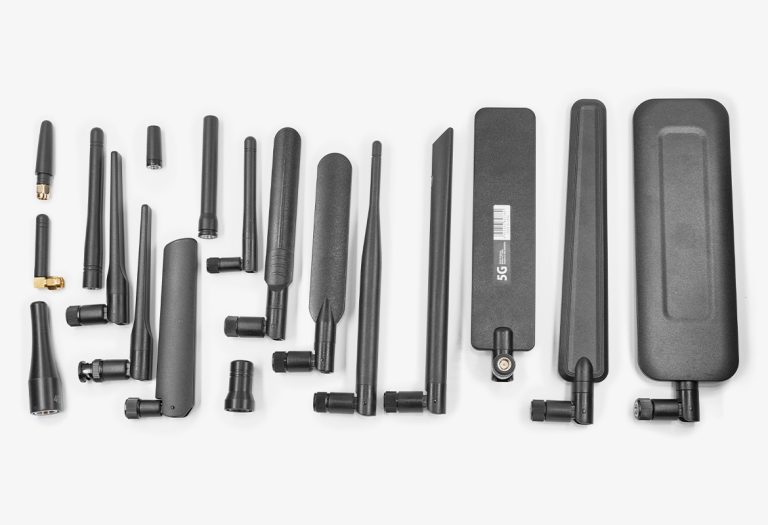Unlocking the Secrets of IoT Antennas: Discover What Makes Them Essential in the Connected World!
The Internet of Things (IoT) has revolutionized how we interact with the world around us. From smart homes to connected vehicles, IoT devices are becoming integral to our daily lives. These devices rely on antennas to communicate with one another and transmit data seamlessly. Understanding the types and features of IoT antennas is crucial for both manufacturers and users, as it directly impacts the performance and efficiency of IoT applications. Whether you are developing a new device or simply looking to enhance your existing technology, grasping the intricacies of IoT antennas can pave the way for greater connectivity and smarter solutions.

Understanding IoT Antennas
IoT antennas are specialized components that facilitate wireless communication between connected devices. Their primary function is to transmit and receive radio frequency signals, enabling data exchange over various distances. In the IoT ecosystem, these antennas play a critical role by ensuring that devices can communicate efficiently, whether they are in close proximity or separated by significant distances. The effectiveness of an IoT device often hinges on the quality of its antenna, making it a pivotal element in the design and functionality of any connected system. When my friend developed a smart agriculture solution, it was the selection of the appropriate IoT antenna that allowed the sensors in the field to relay important data back to the control center, showcasing just how vital these components are in real-world applications.
Types of IoT Antennas
IoT antennas come in several types, each designed for specific communication needs and environments. The most common types include directional antennas, omnidirectional antennas, and specialty antennas. Understanding the characteristics of each type helps manufacturers determine the best fit for their devices.
Directional Antennas
Directional antennas are designed to focus their signal in a particular direction, which enhances communication range and signal strength in that direction. They are ideal for applications where devices are stationed at fixed locations, such as communication towers or point-to-point links. This type of antenna can significantly improve performance in scenarios requiring long-distance communication, making it a favorite among developers of fixed wireless networks.
Omnidirectional Antennas
In contrast, omnidirectional antennas provide a 360-degree coverage area, allowing for communication in all directions. This versatility makes them suitable for various IoT applications, including smart home devices and wearables. Their ability to send and receive signals from multiple directions ensures that users experience consistent connectivity, regardless of their position in relation to the antenna.
Specialty Antennas
Specialty antennas are tailored for particular IoT applications, featuring unique designs and functionalities to meet specific requirements. These antennas might include features such as enhanced weather resistance for outdoor applications or compact designs for integration into small devices. Manufacturers often innovate with specialty antennas to cater to niche markets, such as healthcare devices or industrial IoT applications, where standard antennas may not suffice.
Features of IoT Antennas
Several critical features define the effectiveness of IoT antennas, including gain, bandwidth, size, and material. Gain refers to the antenna's ability to focus energy in a particular direction, influencing the range and clarity of communication. Bandwidth determines how much data can be transmitted over a signal, impacting the speed and reliability of IoT applications. The size of an antenna can be a crucial factor, especially in compact devices where space is limited. Lastly, the material of the antenna affects its durability and performance in various environmental conditions. Understanding these features helps manufacturers choose the right antennas for their devices, ensuring optimal performance and user satisfaction.
The Role of Manufacturers in the IoT Ecosystem
IoT antenna manufacturers play a pivotal role in the development and success of IoT technology. They are responsible for ensuring the quality, innovation, and reliability of antennas that meet the demands of an ever-evolving market. By investing in research and development, manufacturers can create antennas that not only perform well but also adapt to emerging technologies and standards. Additionally, they must ensure that their products comply with regulations, as well as provide support and guidance to developers in integrating antennas into their devices. As the IoT landscape continues to expand, manufacturers will be instrumental in shaping the future of connectivity and driving advancements in IoT applications.
Key Takeaways on IoT Antennas
In summary, understanding IoT antennas is essential for manufacturers and users alike. These components are not just technical specifications; they are the backbone of effective communication in the IoT ecosystem. By exploring the various types and features of antennas, as well as the critical role manufacturers play, stakeholders can make informed decisions that enhance device performance and user experience. As IoT technology continues to evolve, staying informed about antennas and their development will be key to leveraging the full potential of connected devices and ensuring their success in a rapidly changing world.








